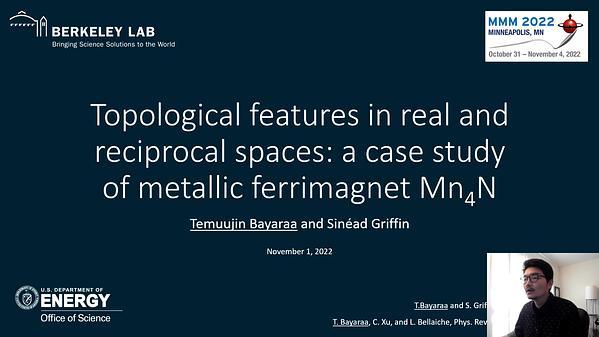Would you like to see your presentation here, made available to a global audience of researchers?
Add your own presentation or have us affordably record your next conference.
Achieving Boolean logic via shape anisotropy is not a foreign concept and the usage of fringe field-based interactions between single-domain nanomagnets has been explored 1-2. However, bi-material ASI systems to fulfil two-input Boolean logic has not been reported. We are motivated to explore field-orientation-dependent logic-based reversal on bi-material structures.
Co and Py nano-trapezoids orientated at 90° were fabricated via self-aligned stepwise nanosphere lithography 3 forming L-shape structures. Field-orientation dependent magnetization reversal studies were conducted via MFM by applying magnetic field at different angles and values. Fig.1(a) shows the AFM image while Fig.1(b-e) show the remnant magnetic domain images after applying a saturation field of 3 kOe at various field angles. Different configurations of Co (red) and Py (blue) can be defined as logic 0 or 1, as shown in Fig.2(a). The configurations can be divided into four stable and repeatable states ‘00’, ‘10’, ‘11’, '01’ which agree well with MFM in Fig.1(b-c) respectively. All the conceivable states vs various orientations are shown in Fig.2(b). The one-in-one-out configuration, which can be attained when the structures are magnetized along the geometrical easy axis for each component, was found to be the most stable 4. By setting this as logic 0 and others as logic 1, each L-shape can be considered as a two-input XOR gate.
Under various external field values and orientation, the magnetic switching behavior of bi-material L-shape structures will be explored by MFM and compared to OOMMF 5 simulation results. Our preliminary simulations show that the bi-material system exhibits three stable states which can be set as logic 0 and 1 whereas the pure material system only produced two stable states which can only be set as logic 0. We will explore how the bi-material system can be exploited to fulfil other logic functions.
